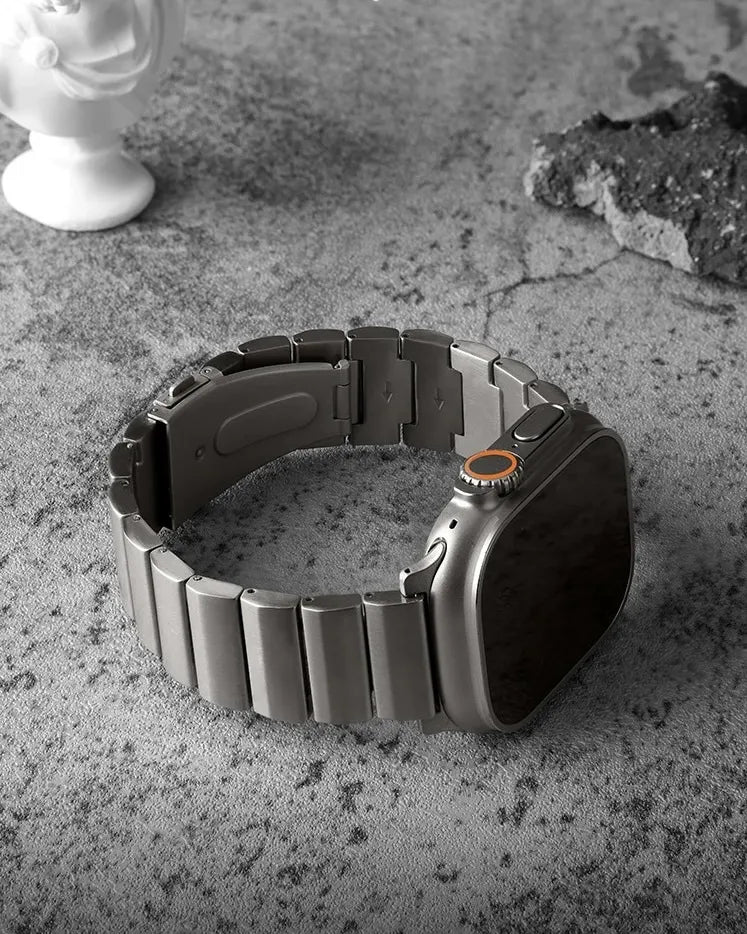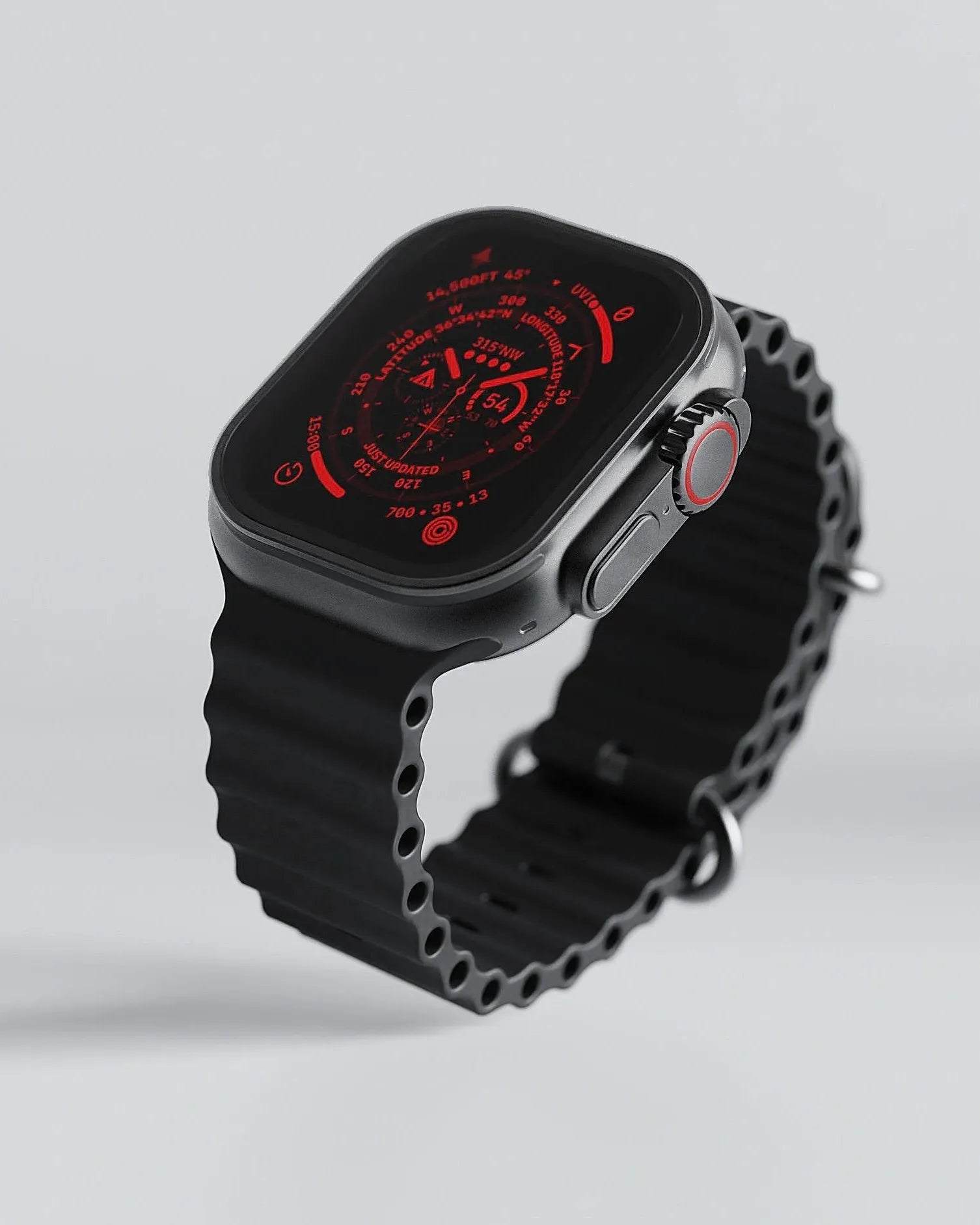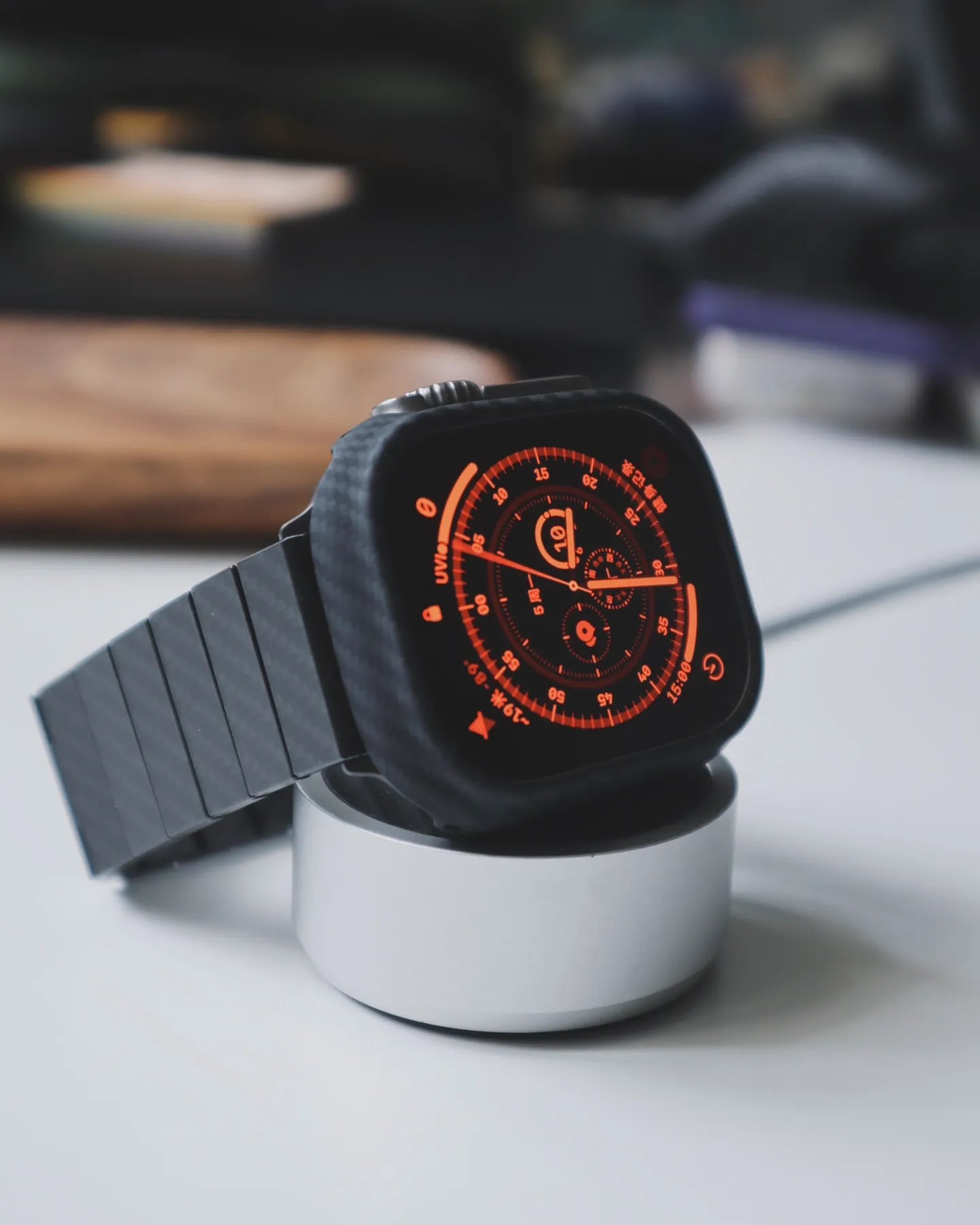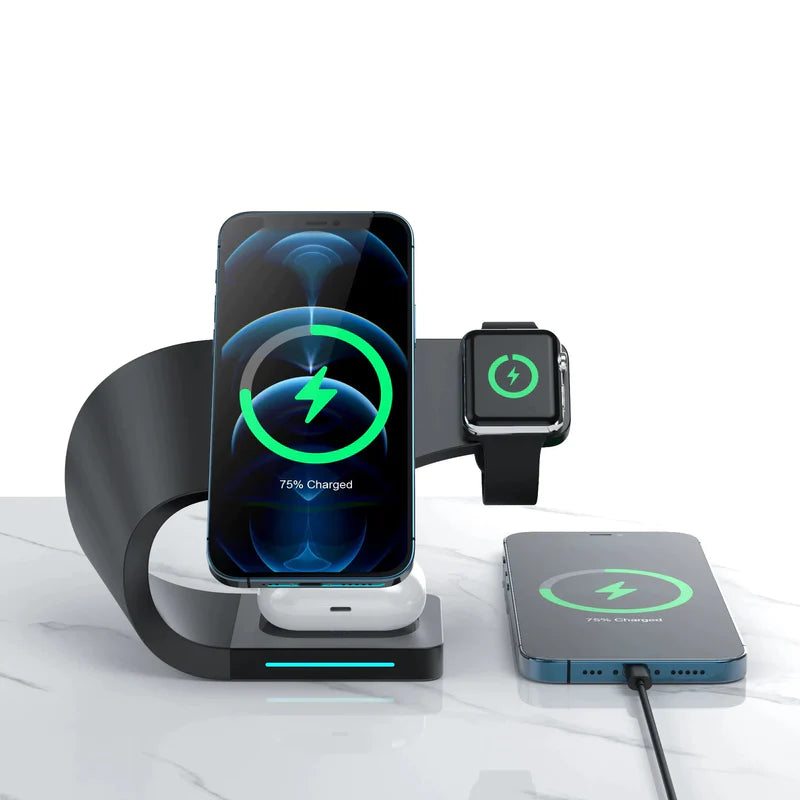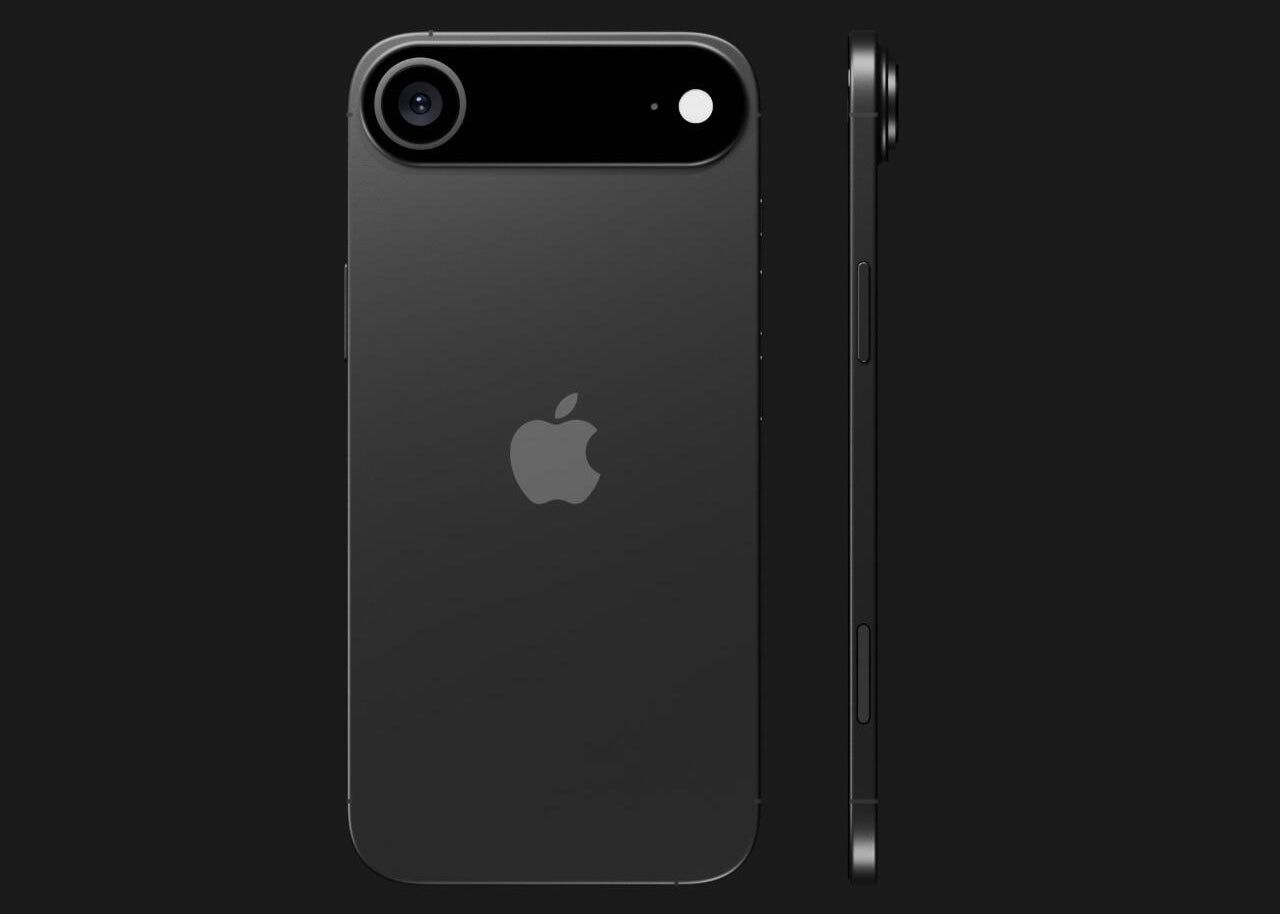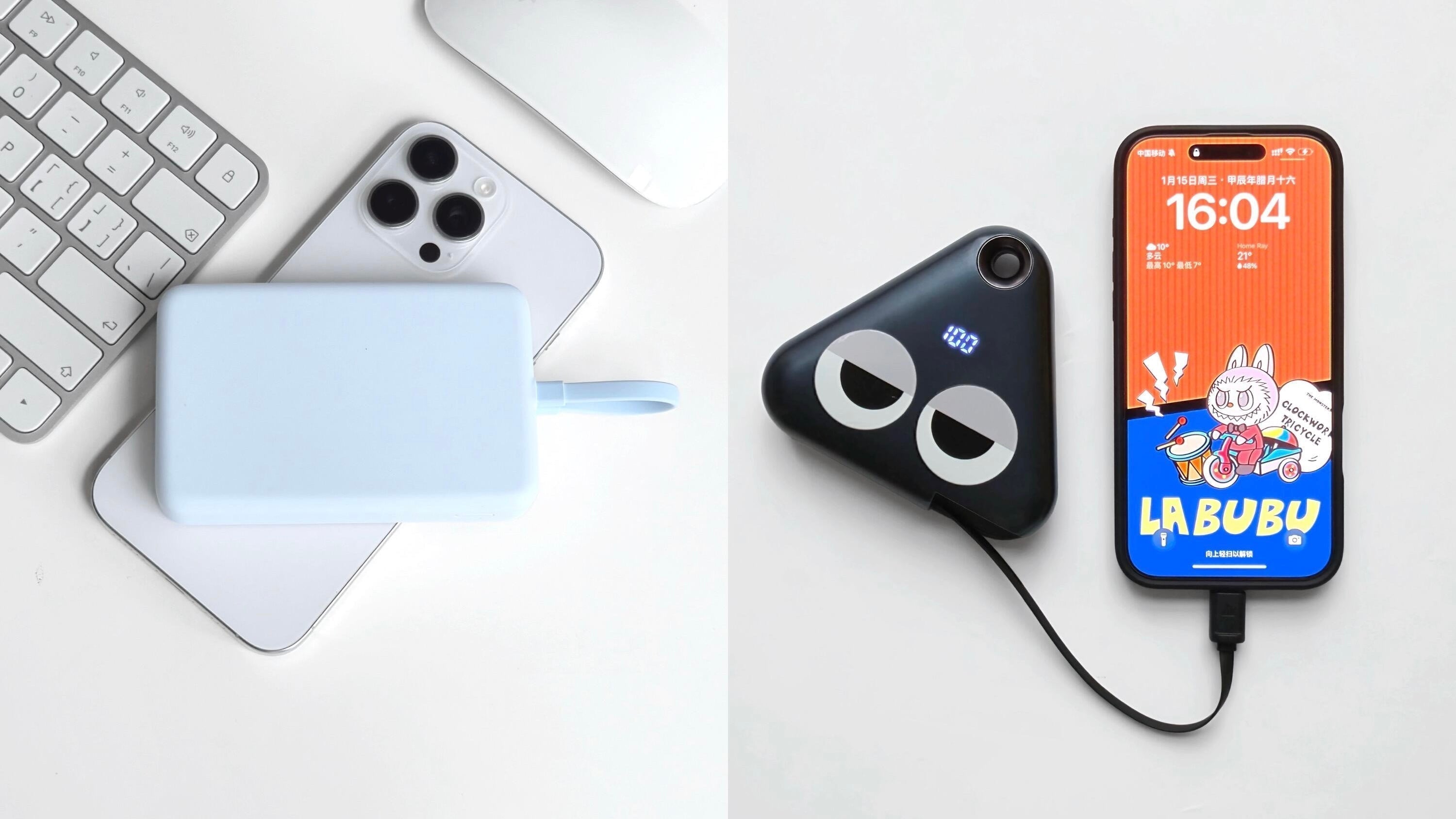Apple is rewriting the rulebook with the upcoming iPhone 17 Air, introducing not just a thinner iPhone — but the thinnest iPhone ever made. This isn’t just an aesthetic update. It’s a strategic shift in Apple’s iPhone lineup, replacing the iPhone 17 Plus with a completely new class of ultra-slim devices aimed at combining elegance, portability, and innovation.
So, what exactly makes the iPhone 17 Air appearance stand out? And why is Apple making such a bold move in 2025?
Let’s take a detailed look at the iPhone 17 Air exposed — including its design, size, camera module changes, and the thinking behind this new direction.

iPhone 17 Air Appearance: Slim, Sleek, and Surprisingly Light
According to recent CAD leaks reported by Forbes and MacRumors, the iPhone 17 Air will measure just 5.5mm thick — even thinner than the iPod Touch (6.1mm) and the previous record-holder, the iPhone 6 (6.9mm). That’s nearly 40% thinner than the current iPhone 15 Pro Max (8.25mm).

Dimensions (rumored):
- Thickness: 5.5mm
- Display Size: 6.6 inches (flat OLED)
- Weight: Estimated ~150g
- Frame: Aluminum alloy or ultra-light titanium
The phone’s edges are slightly curved for better grip, and the bezels have been trimmed down significantly, providing a nearly full-screen experience. Even the volume buttons and power button appear more flush and compact — contributing to its minimalist industrial feel.

A New Camera Layout: Horizontal and Minimalist
One of the standout iPhone 17 Air appearance details is the horizontal camera layout — a significant shift from the diagonal and square arrays used in recent years. This design resembles the iPhone X's early attempts at a sleeker visual profile, but with a refined, modern twist.
According to Macworld, this arrangement serves both design and structural purposes:
- It allows for a flatter chassis without needing a thick “camera bump.”
- It helps distribute internal components more efficiently in such a thin body.
- It gives the Air a unique identity, separating it from Pro and Base models.
The main and ultra-wide lenses are expected to support 48MP and 12MP resolutions respectively, but will lack a telephoto lens — a choice consistent with the Air’s lightweight, streamlined DNA.
Why Did Apple Replace the iPhone Plus With the Air?
For years, the iPhone Plus models tried to offer a middle ground: larger screens without “Pro” features. But sales data showed it rarely hit the mark. Apple saw an opportunity to rethink that space — not with more, but with less.
The iPhone 17 Air exposed a new idea: an iPhone that’s not about raw specs, but about feel — comfort, portability, and sleekness. It targets users who don’t need a giant device or the weight of Pro models, but want premium aesthetics and sufficient power.
Apple's philosophy here mirrors the MacBook Air strategy: create an entry point that feels premium while leaving headroom above and below in the product line.
How Did Apple Make It So Thin?
Apple’s approach involves several clever engineering decisions:
- Stacked Motherboards: Allow components to fit vertically instead of horizontally.
- Smaller Battery: Possibly 2,400–2,700 mAh, relying on iOS optimization and more efficient A-series chips.
- Under-Display Sensors: Face ID and possibly Touch ID have been miniaturized or repositioned.
- Material Choices: Aluminum is used instead of steel to cut down weight.
While this raises questions about battery life and thermal performance, Apple is betting that efficiency gains in the A18 chip and iOS 18 will compensate.
What the iPhone 17 Air Means for Apple’s Future
The iPhone 17 Air appearance is more than a design statement — it represents a shift in how Apple categorizes and positions its products. It opens doors for:
- New accessory ecosystems: ultra-thin cases, redesigned screen protectors
- Lighter, more pocketable phones for everyday use
- A clearer tiered lineup: Base, Air, Pro, and Pro Max
This move could also push the broader smartphone market toward thinner, more efficient devices — much like the MacBook Air redefined the laptop space years ago.
Quick Facts Recap – iPhone 17 Air Exposed
- 5.1mm thick – the thinnest iPhone ever
- 6.6-inch display, flat OLED with narrow bezels
- Horizontal dual-camera module
- 150g estimated weight
- Replaces iPhone 17 Plus in the lineup
- Engineered with stacked boards, smaller battery, and minimal components
iPhone 17 Air Q&A: What You Need to Know
Q: What makes the iPhone 17 Air different from other iPhones?
A: The iPhone 17 Air stands out with its incredibly slim 5.5mm profile, lightweight build, and new horizontal camera layout. It's designed for users who value sleekness and portability without sacrificing premium quality.
Q: Where can I buy iPhone 17 Air cases and accessories?
A: We offer a range of next-generation iPhone 17 Air cases crafted to perfectly match the device’s slim 5.5mm body and updated camera module.
Q: Why did Apple change the camera layout?
A: The new horizontal module allows Apple to keep the phone slim while maintaining dual-lens functionality.
Q: Is the battery smaller on the iPhone 17 Air?
A: Likely yes, but it's expected to be offset by a more efficient chip and iOS optimization.
Q: Is the iPhone 17 Air durable enough despite its thinness?
A: Apple has used lightweight titanium or aluminum frames to enhance strength, but thinner devices are naturally more vulnerable.
Q: When is the iPhone 17 Air expected to launch?
A: Most sources point to a September 2025 release alongside the rest of the iPhone 17 family.


